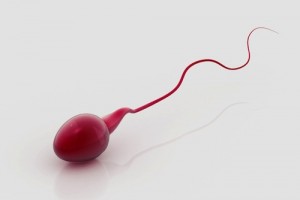 Sperm length variation is an indication of problems with fertility, and men who have a broad range of different sperm lengths, especially in the flagellum, have a decreased chance of being able to reproduce and lower numbers of sperm that can swim well , according to a new study conduction by Brown University researchers and published in the journal Human Reproduction.
Sperm length variation is an indication of problems with fertility, and men who have a broad range of different sperm lengths, especially in the flagellum, have a decreased chance of being able to reproduce and lower numbers of sperm that can swim well , according to a new study conduction by Brown University researchers and published in the journal Human Reproduction.
Jim Mossman, lead author of the study and a postdoctoral scholar at Brown University, commented:
“Our study reveals that men who produce higher concentrations of competent swimming sperm also demonstrate less variation in the size and shape of those sperm. It suggests that in some cases, tests are working more optimally to produce high numbers of consistently manufactured sperm, and vice versa.”
Mossman and his team measured the flagella, middles, and heads of 30 sperm per person from 103 men who were chosen at random out of 500 individuals who had previously been enlisted in another substantial fertility study.
The team also measured other sperm factors that the WHO (World Health Organization) claims are important fertility indicators, such as concentration and motility. Read full article.